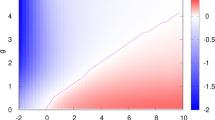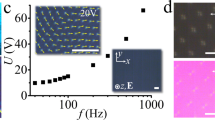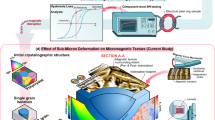Abstract
ALLOW me to make a slight but important correction on your description, in last week's NATURE, of Sir William Thomson's mouse-mill dynamo. In your description it is said that “at one end of the hollow drum these copper bars [the mouse-mill bars] are united to each other in pairs, each to the one opposite it.” This is not so. At one end of the hollow drum the ends of the copper bare are all united together, “metallically connected by soldering or otherwise.” The effect is electrically the same as that of the arrangement described in your article; but, in the construction of the machine, the uniting of all the bars together at one end, instead of joining them in pairs, is so much more simple and easy that the correction seems of importance.
This is a preview of subscription content, access via your institution
Access options
Subscribe to this journal
Receive 51 print issues and online access
$199.00 per year
only $3.90 per issue
Buy this article
- Purchase on SpringerLink
- Instant access to full article PDF
Prices may be subject to local taxes which are calculated during checkout
Similar content being viewed by others
Author information
Authors and Affiliations
Rights and permissions
About this article
Cite this article
BOTTOMLEY, J. Thomson's Mouse Mill Dynamo. Nature 27, 78 (1882). https://doi.org/10.1038/027078f0
Issue date:
DOI: https://doi.org/10.1038/027078f0



